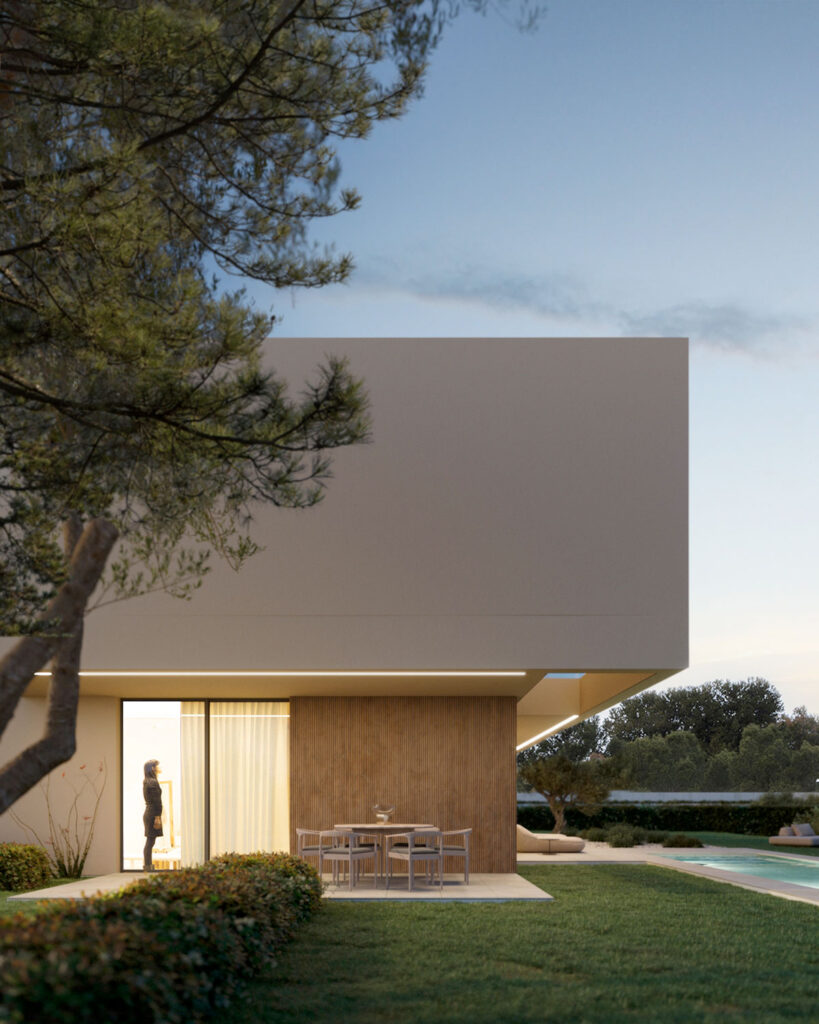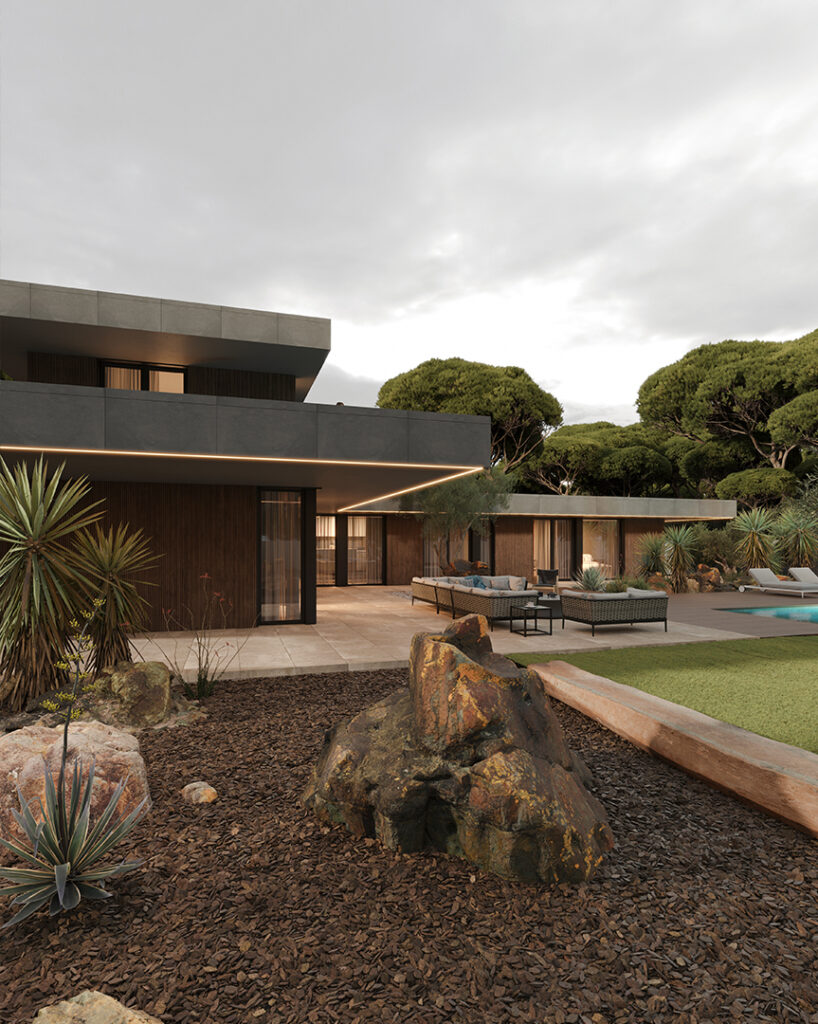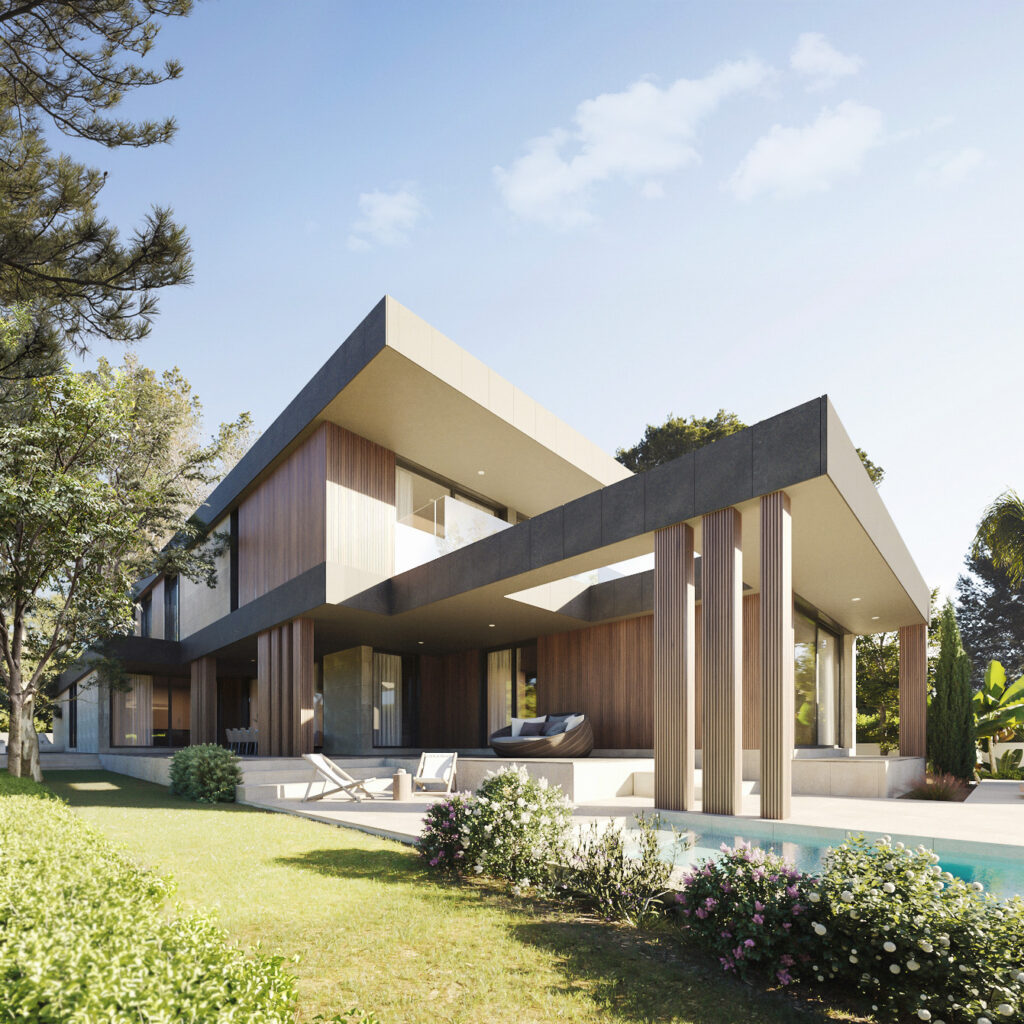Dictionary of industrialised building
Everything you need to know about the construction of industrial buildings
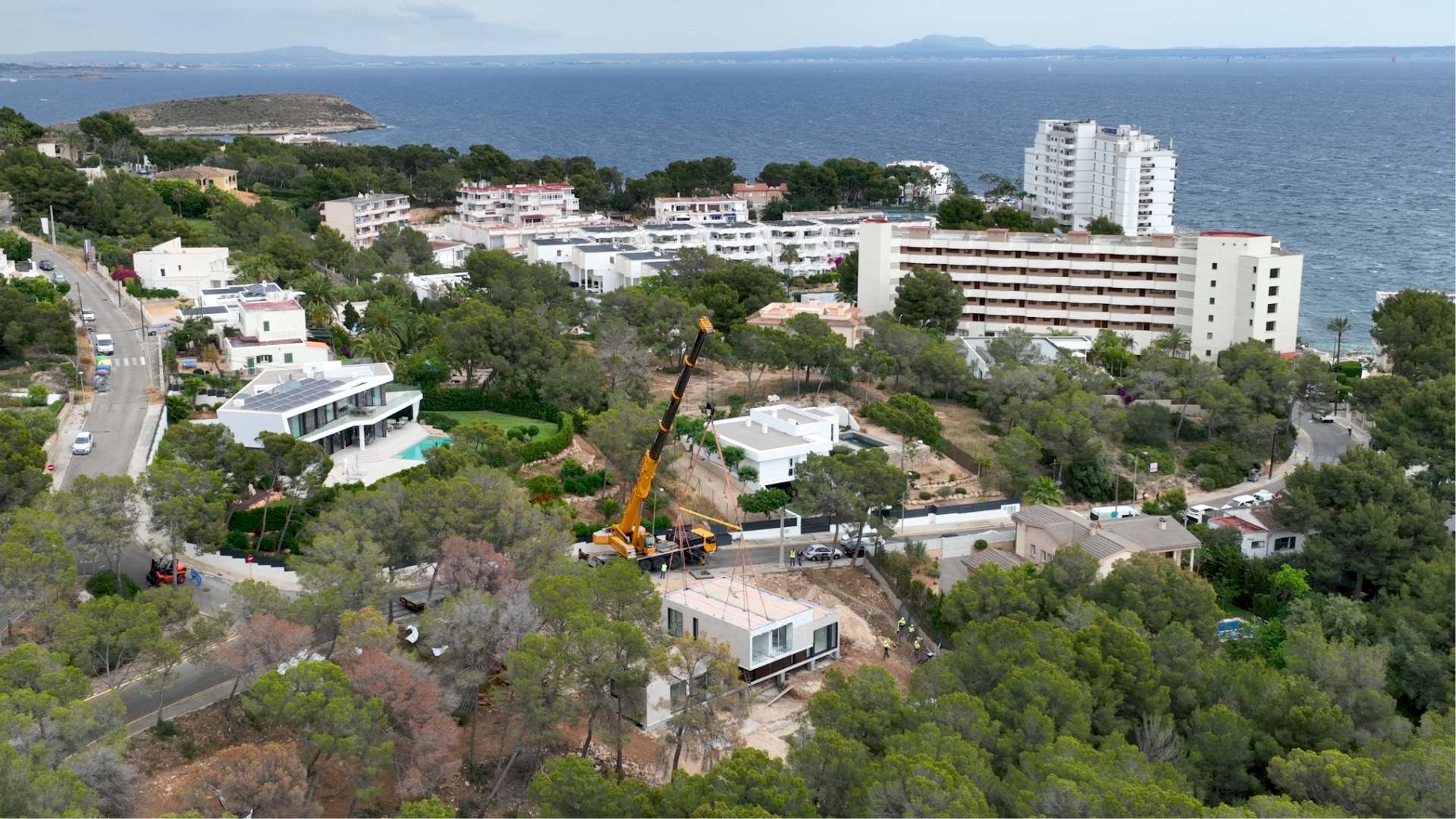
The industrialised construction of modular homes, a different and optimal way of building new homes compared to traditional construction methods. The demand for this type of house with turnkey service and premium quality. Increasing thanks to, among other things, the flexibility in design and customisation they offer, as well as the guarantee of fast, efficient and cost-effective production of homes. This type of construction refers to construction whose process or different parts of the process are carried out in a factory with industrial production methods, using innovative technology and specialised machinery to ‘produce’ homes more productively and with standardised processes.
At Villen inHAUS, industrialised construction makes it possible to produce almost complete houses in series using standardised methods (without forgetting customisation) and the latest technologies. Industrialised construction should be faster, more efficient and more sustainable than traditional construction.
Given this evolution, it is important to know and differentiate the terms that encompass these innovations in order to understand how housing construction is being redefined. Below are some terms that are important to understand what industrialised construction is and which processes are best suited to your needs.

Construction vs. manufacturing, on-site assembly?
Firstly, it is necessary to distinguish between the three terms most commonly used in the industry: Design, manufacture and assembly.
The term ‘realisation’ refers to the exact moment when the prefabricated, modular house or its individual prefabricated components are transported to the place where the house is to be built, i.e. to the plot of land that the builder has chosen to live on. When the house is realised, the factory-made elements are assembled on the building site and work is carried out to complete and finish each house.
On the other hand, construction or manufacture, which term is the right one in this case? Although the term ‘construction’ is generally used to refer to the design, planning and development of a home, there is a more accurate term for homes that are largely manufactured on the construction site rather than on site: Fabrication.
Manufactured homes: When we refer to the development of a modular or prefabricated house project, the correct term for its construction is ‘fabrication’, as the process of realising the house takes place in a factory and is then transported to the construction site. In this way, the houses are ‘manufactured’ in a factory, with standardised methods and better quality control.
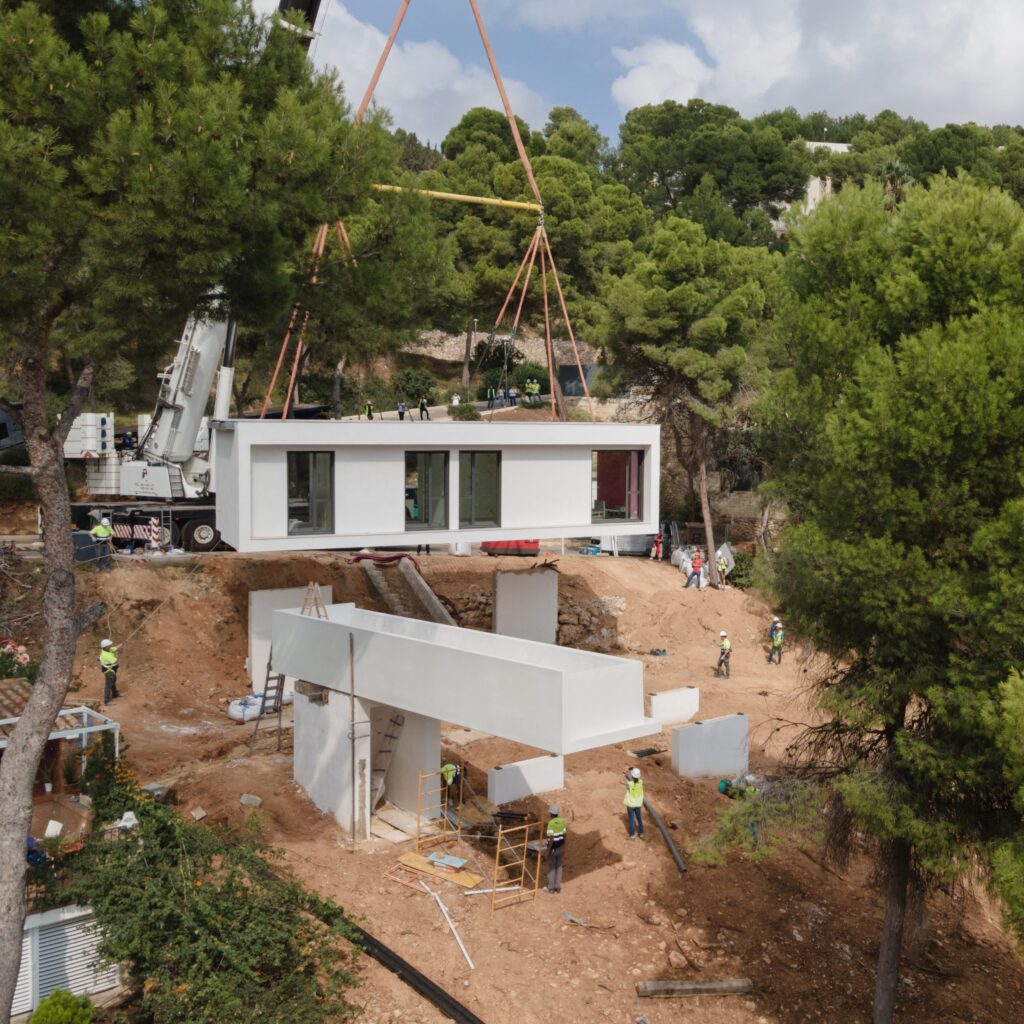
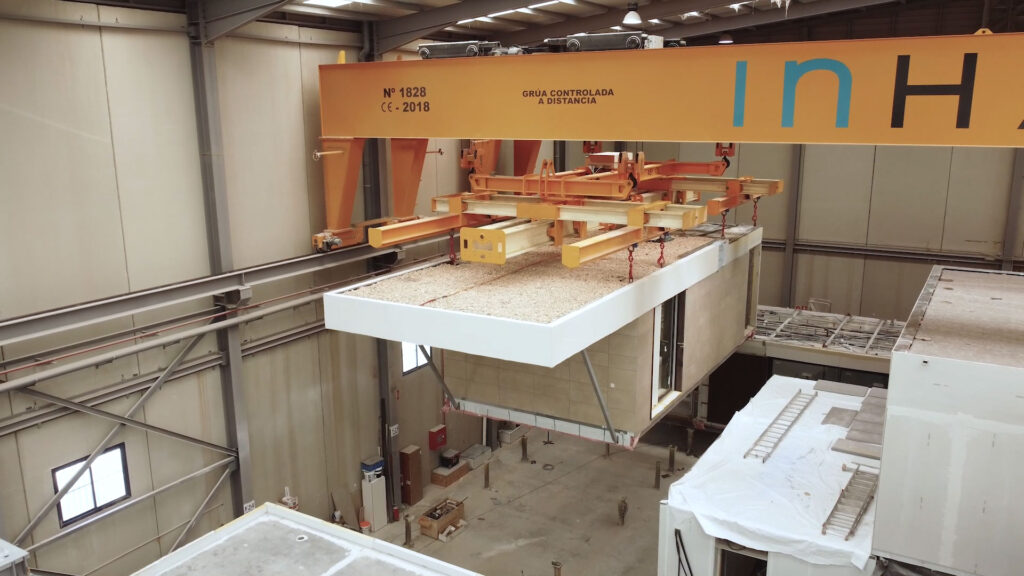
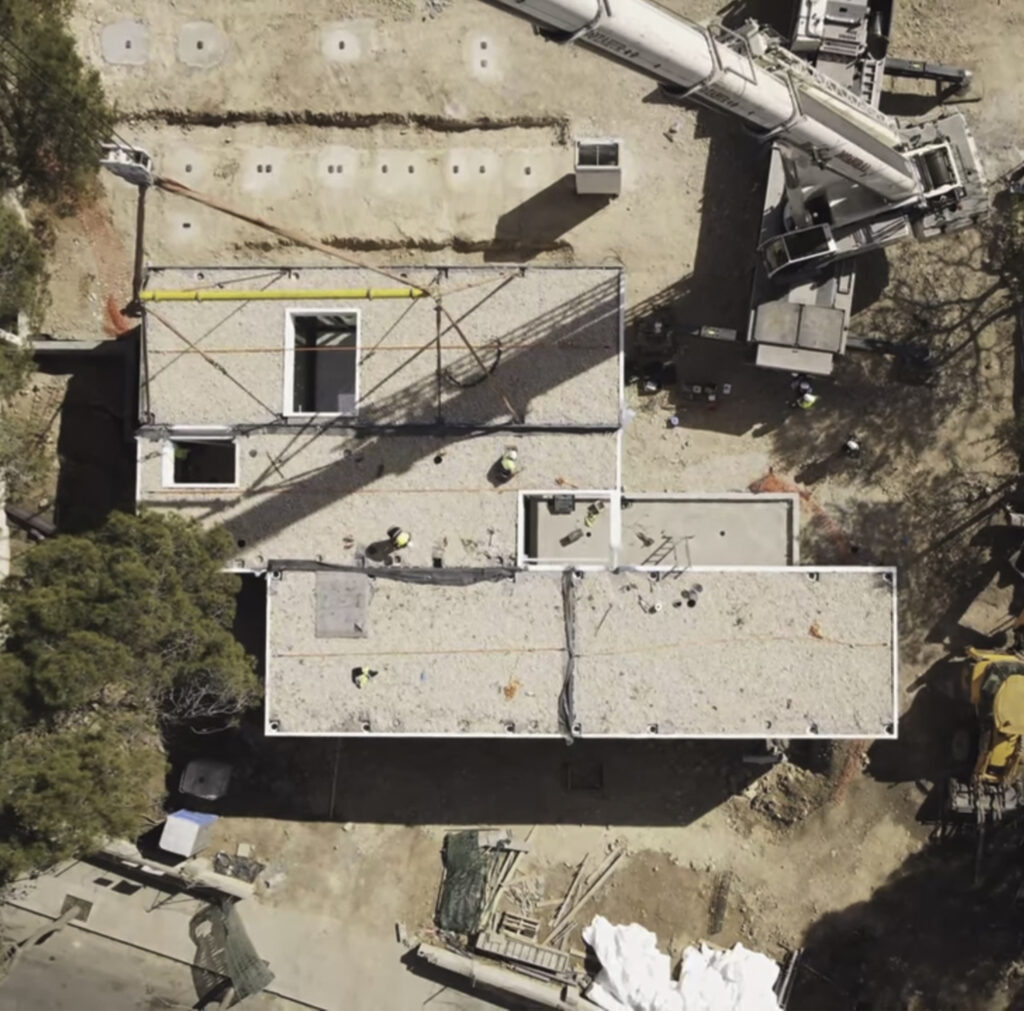
Types of house manufacturing and construction
There are different forms of housing construction or manufacturing
Component manufacturing is based on the production of individual building elements in a controlled environment before they are assembled at the final site. This means that companies can manufacture certain parts of the house, such as a staircase or dressing room, in individual parts and then install them in a house. Component manufacturing therefore makes it possible to produce each individual home element or part in a controlled manner in a factory and then assemble these components.
Modular manufacturing: This is mainly based on the design and manufacture of independent units known as modules. These modules are manufactured in controlled facilities and then transported to the final site where all the connections are made to construct the house on the plot. The modules can match the rooms of the house, e.g. bathrooms, kitchens, bedrooms, etc., and are even clad with traditional. building materials, but adapted in weight and shape for transport. Once they are finished in the factory, they are brought to the building site and assembled there. Even though the house is designed as a free-standing unit, the level of precision is at the highest level and there is no visual difference to a traditional brick house.
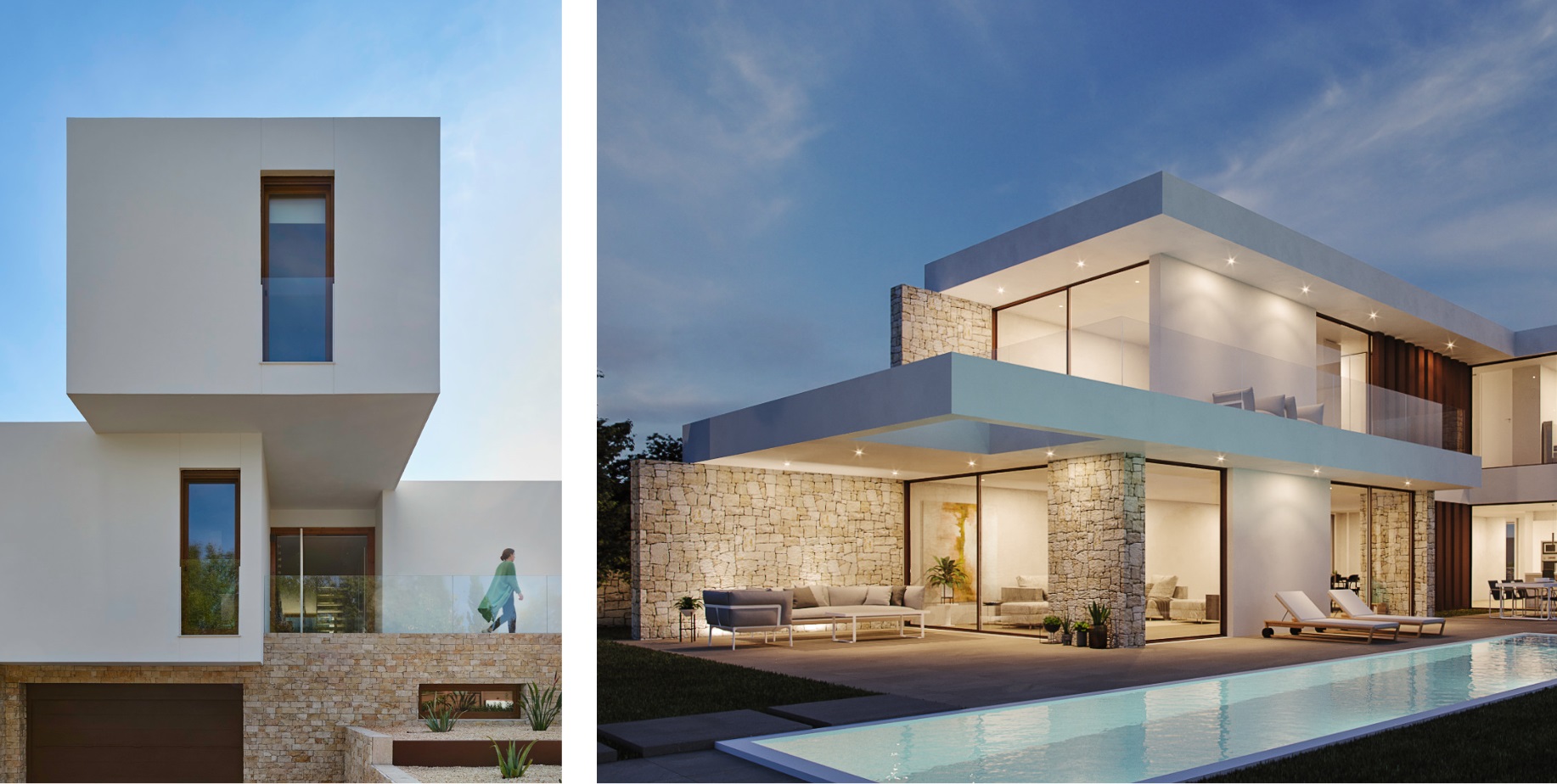
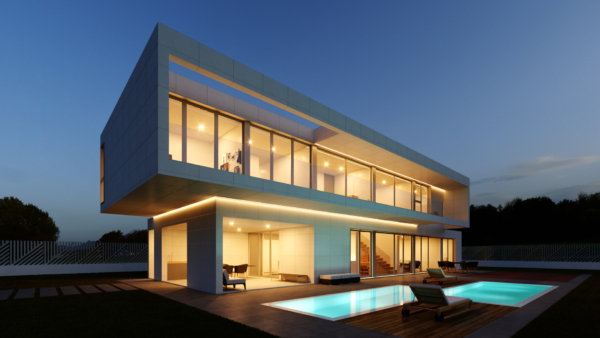
Prefabricated construction
Often confused with modular construction, but there is a crucial difference. Prefabricated construction is not built in parts or modules, but a complete house is created that can be transported to the building site. In this way, the house leaves the factory finished, but the materials used are lighter than in modular construction and the design is less flexible. Other important advantages are the reduction of labour on site and the avoidance of inconvenience, as well as faster and more agile processes.
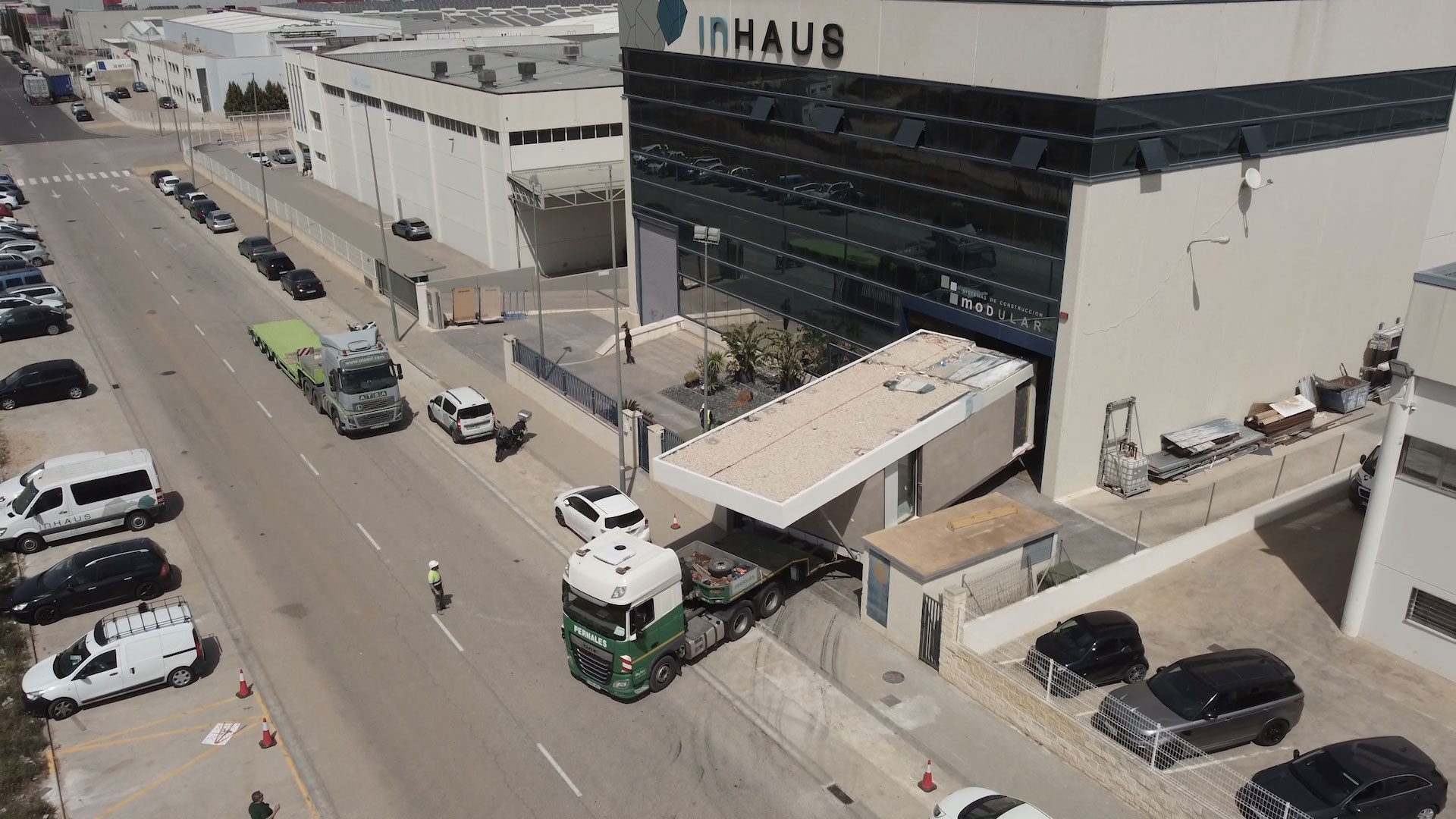
Prefabricated house vs. modular house, what’s the difference?
Modular and prefabricated construction is revolutionising the way we think about housing. With benefits ranging from energy efficiency to reduced construction time, these technologies are setting a new standard in the construction industry. At inHAUS, we have made it our mission to use our industrialised 3D building system to show that there is a different and more efficient way to build than the traditional one. Our modular homes with turnkey service adapt to the personalisation of each client, with closed deadlines and prices.
Contact us
Please do not hesitate to contact us for more information, to request a customised quote or to make an enquiry, whether you are a private individual or an entrepreneur.
CONTACT FORM
"*" indicates required fields
Consult models and prices
In our catalogue 111 you can choose from over a hundred models of houses. Register to access information and prices of all models.
REGISTER
"*" indicates required fields

 Deutsch
Deutsch
